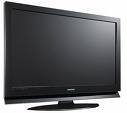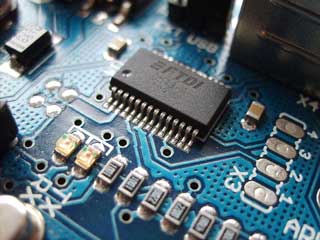
Having an electronic household appliance like the TV suddenly stop working properly is always a bummer. After all, we don’t always have contingency plans for such occurrences and don’t always keep spare televisions inside the closet or under our beds. Hence, when things go wrong with our household electronics, we always get into a dilemma of whether to have the thing repaired or thrown away.
Well, the answer to whether to buy or to repair, as you would expect, depends on the situation. For example, I recently had my old CRT tube fried by a sudden power fluctuation in my area and most of my stuff didn’t have any protection against such electricity fluctuations. With the older generation televisions like the cathode-ray tube (CRT) TV, a break down like this would probably prompt the owner (I know I was) to put more weight on the “buy new” scenario instead of having the CRT TV repaired. This is because the prices of its modern incarnation, the flat screen LCD and Plasma TVs, has been going down dramatically in recent years. And with the modern flat screen’s relative advantage in picture quality, reliability and energy efficiency, the argument for the “buy new TV” option seems more convincing than having an aging, bulky and power hungry CRT TV repaired.

But what if the TV that is malfunctioning is an LCD or plasma TV? Well, like in the previous paragraph, the answer to this still depends on a number of factors but the difference here is that the decision will be harder to reach considering new flat screen TVs are not as inexpensive as CRTs and hence will always be a big financial decision to the average person.
Buying a new TV certainly has its advantages. First, it will be more state of the art and will incorporate more advance and convenient features. Second, it will probably more energy efficient than its predecessors and hence will be more environmentally friendly. Second, it will have a warranty that should give you piece of mind for at least one year.
The TV repair option, likewise, has its advantages and I will enumerate them one by one:
- Getting that new Plasma or LCD TV is likely to be more expensive than having your broken one repaired. Depending on what’s wrong with it, it may be more practical to have it looked at first to see what’s wrong. You can either bring it to the manufacturer’s service center for some diagnostics (which may entail some costs), or you could troubleshoot it yourself! This plasma TV repair course or its LCD or LED TV counterpart is readily available from the internet. You can get this information then find out what’s wrong with your TV using a few simple steps and tools then decide whether to have it repaired or replaced.
- Televisions have components that contain stuff like heavy metals and chemicals that may be harmful to the environment. Having it repaired and keeping it means it doesn’t go out there to do its damage to mother Earth. Zero garbage is the wave of the future!
- There is a market out there for used or refurbished TV. If you really wish to go get a new one, one option is to have your current one repaired or refurbished so you can sell it. You save some money and help keep more trash from the environment. See second bullet.
- Diagnosing it and perhaps repairing it yourself means you have just acquired a very useful skill! You may pursue it as a hobby or seriously as an alternative source of income. Either way you win.
Buying a new TV isn’t always the best solution as much as having it repaired isn’t always best, too. Common sense dictates that when buying would be more economical than repairing an ailing appliance, then it would be against wisdom to go for the repair option. The inverse is also true that if repairing would allow us more savings in the long run, then it would be better to go for plasma and LCD TV repair.
If you want to go the DIY repair route, please read these tv repair tips first.
Leave a Reply